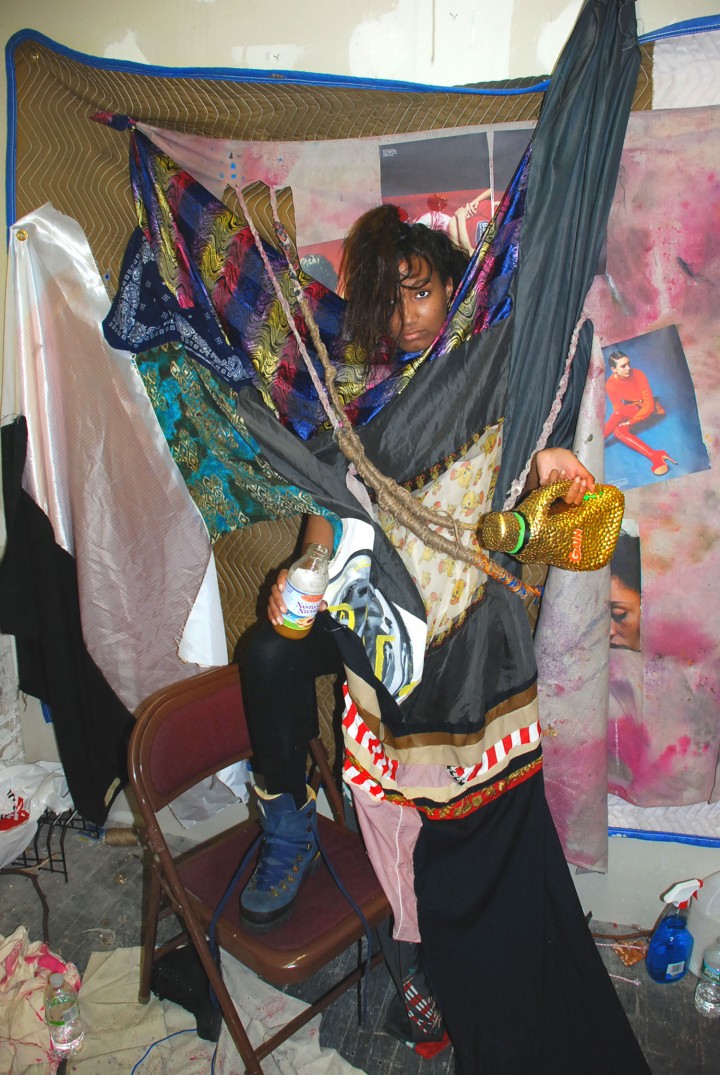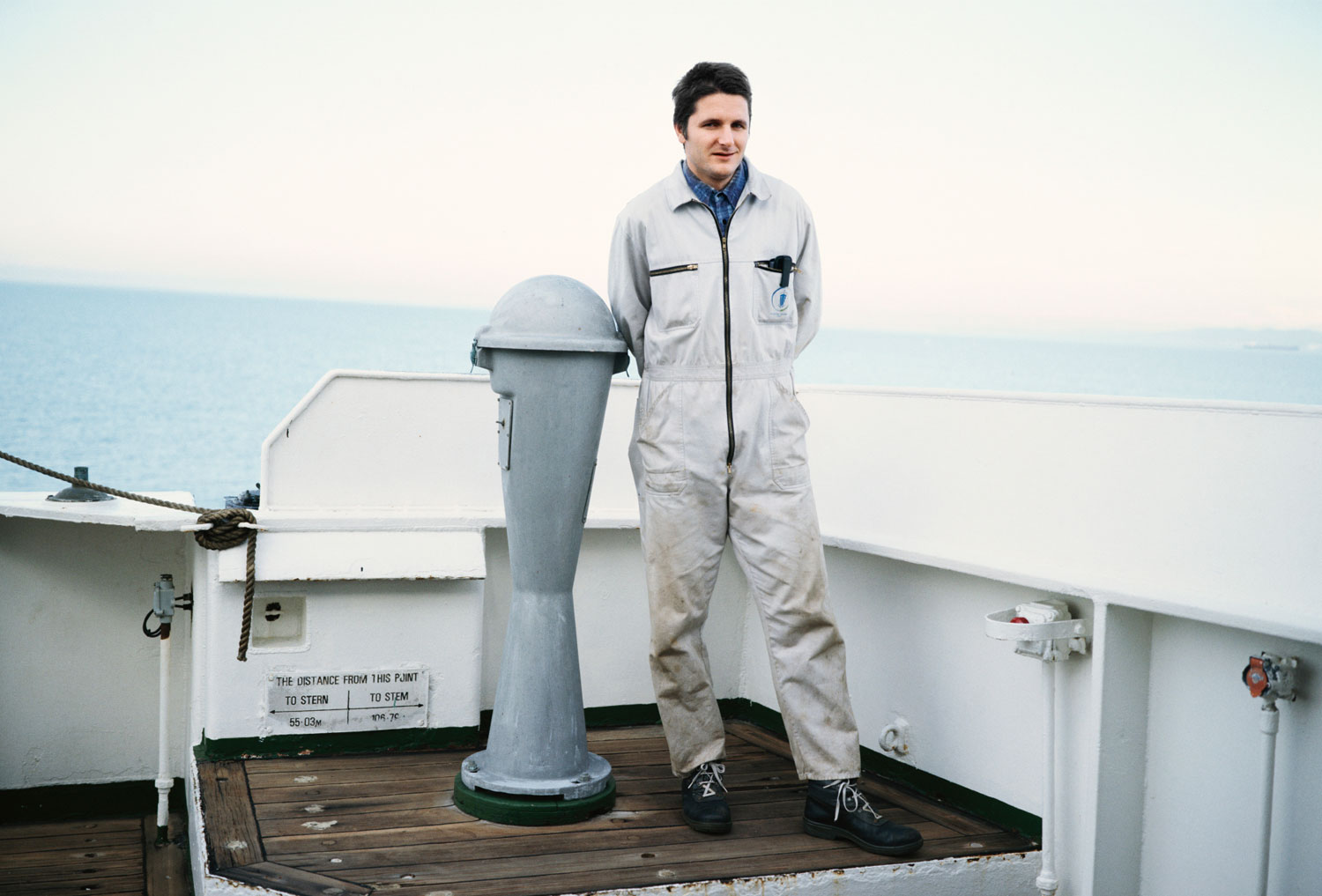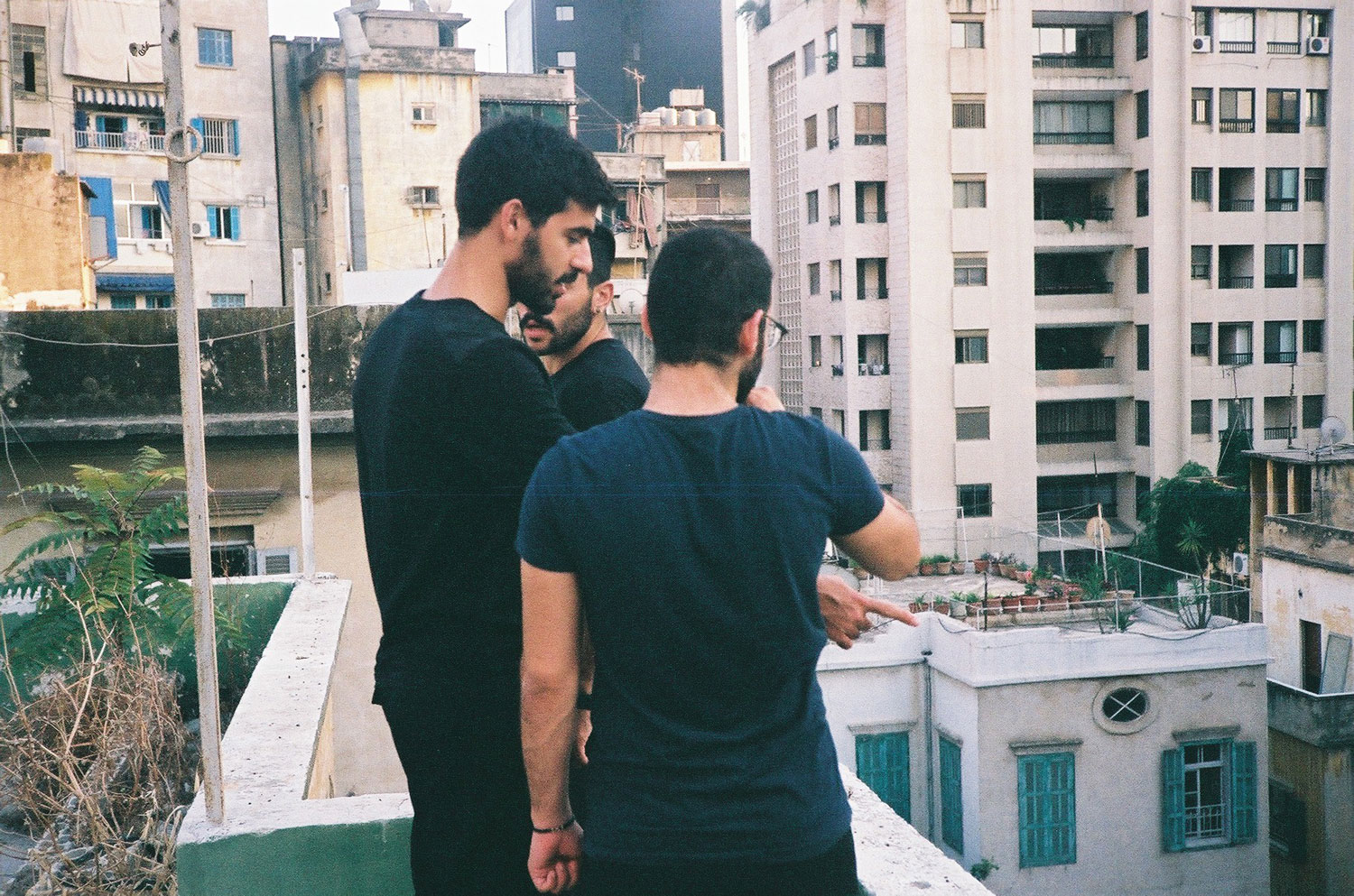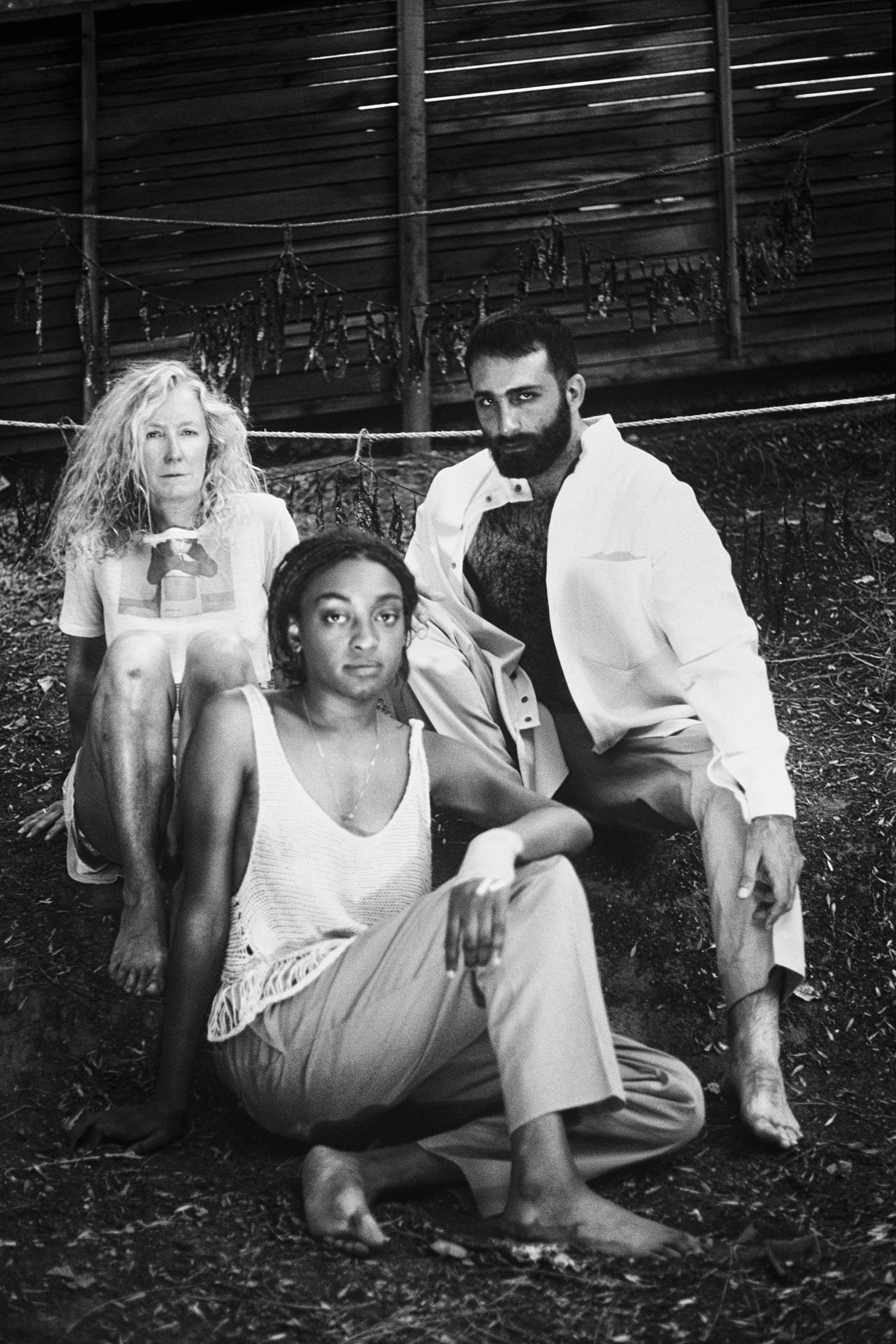
 Nicolas Ghesquière’s work at Balenciaga was first presented to me on the YouTube stage. I was face to face with constructed excess that spoke of nature’s fragility, the language of technology — all in a funerary procession down a runway. YouTube is the best way to see fashion performances — a privileged view of the runway from the comfort of your computer screen. The production of desire is within every step. The viewer is breathless anticipating the moment when we are no longer privileged in seeing such singular beauty. Generally trance music is used to exaggerate the steps taken by each model, which is precisely why the runway can never be called a catwalk. Each step taken is about enacting mass production with death-defying precision, blips produced by a sound machine.
Nicolas Ghesquière’s work at Balenciaga was first presented to me on the YouTube stage. I was face to face with constructed excess that spoke of nature’s fragility, the language of technology — all in a funerary procession down a runway. YouTube is the best way to see fashion performances — a privileged view of the runway from the comfort of your computer screen. The production of desire is within every step. The viewer is breathless anticipating the moment when we are no longer privileged in seeing such singular beauty. Generally trance music is used to exaggerate the steps taken by each model, which is precisely why the runway can never be called a catwalk. Each step taken is about enacting mass production with death-defying precision, blips produced by a sound machine.
The garments pass through the audience like a field of wildflowers. The models walk, activating the garments, bringing visibility to the rigid neoprene that was visually complicated through the use of a baroque floral print. The act of movement was most important: it was the most poetic process, not based in the language of the dress but somewhere in between the physics of the drape and the performativity of the textile.
The material was neoprene patterned with corset lacing, as if designed for football. I love the padding reference to technologies of self-preservation. Rare in fashion, this allusion to a psychological utility, armed against warfare.
In this fit of inspiration I knew my paintings must at least do this work. Not to be bogged down with the politics of the figure but acknowledging the construction of meaning without it. The shadow of the body is certainly present.
My interests lie in the politics of formalism — through the construction of desire that lives in the body of fashion; taking allure and its implication of the body and overstating the gestural surface using paint as a persistent material, or one that is preexisting within the materiality. Collage as a means to re-contextualize value allows fragmented systems to exist as a new whole.
But I would like to circumvent commodity to talk about desire produced in form: the desire to feel the material, to feel the marriage between this floral landscape mapped onto a neoprene evening jacket. To remember how it felt to place your wallet in the back pocket of your new Carhartt work pants. Or even to put cash and identification cards inside your new Louis Vuitton wallet you got in some shop on 28th Street.

 Neoprene as ready-to-wear: the body is not only equipped for the elements but materially welcomes the water. Such a textile structured these garments, in juxtaposition to spring’s breathable linens and silks. The aquatic appropriation was set for land as canvas for baroque pastorals. With Ghesquière the feat of the total look is always a topic of discussion. The neoprene fabrication was paired with a black-and-white Op art gladiator stiletto.
Neoprene as ready-to-wear: the body is not only equipped for the elements but materially welcomes the water. Such a textile structured these garments, in juxtaposition to spring’s breathable linens and silks. The aquatic appropriation was set for land as canvas for baroque pastorals. With Ghesquière the feat of the total look is always a topic of discussion. The neoprene fabrication was paired with a black-and-white Op art gladiator stiletto.
Of course fashion can’t fully anticipate the life of a garment and its resurrection. Or how it is to be fully used.
The runway presents garments with a great idealism. The looks and the theatrics of the collection strike an emotional cord with a complexity that elicits desire for the garments, for the moment.
The true conversation of fashion takes place in the street. The subjective editorial, when the wearer puts on his scuffed Nike Air Force 1 with a blue mohair Céline coat; it is a moment in which these items are allotted a visual conversation.
I’m also interested in the purchases and the losses — the exchange of value. The vestments I can’t ever get over are the ones that people steal for as an act of acquiring personhood. Or that become appropriated in a later season of another fashion house.
Or perhaps most interesting is the garment that engages the trickle-down market. I would see a mutation: a Ghesquière innovation walking down 125th Street. These moments are evidence that the world cannot get over these pieces, possessing life far beyond. I don’t need a Louis Vuitton bag; I want good leather and a highly optical experience.
Ghesquière must deal with the weight of a pre-existing icon at Louis Vuitton. The challenge is in reconstructing desire for the brand. He is a formal artist, you know. His use of essential material holds significance that directly points to an overall gesture, his construction of a total look. These garments embody the flourish like a stylized flick of the wrist. These garments have their own dictated excess. No need to roll up the sleeves, no need for modification — a superior garment, a garment that truly understands its own value.
The technology of the garment allows the wearer to feel visual information: the garment as a way of thinking, congruent to the structures of painting. Remodeling the rules of perspective as something that you wear. Fragility as a true desire. How will we equip ourselves to interpret the everyday?





